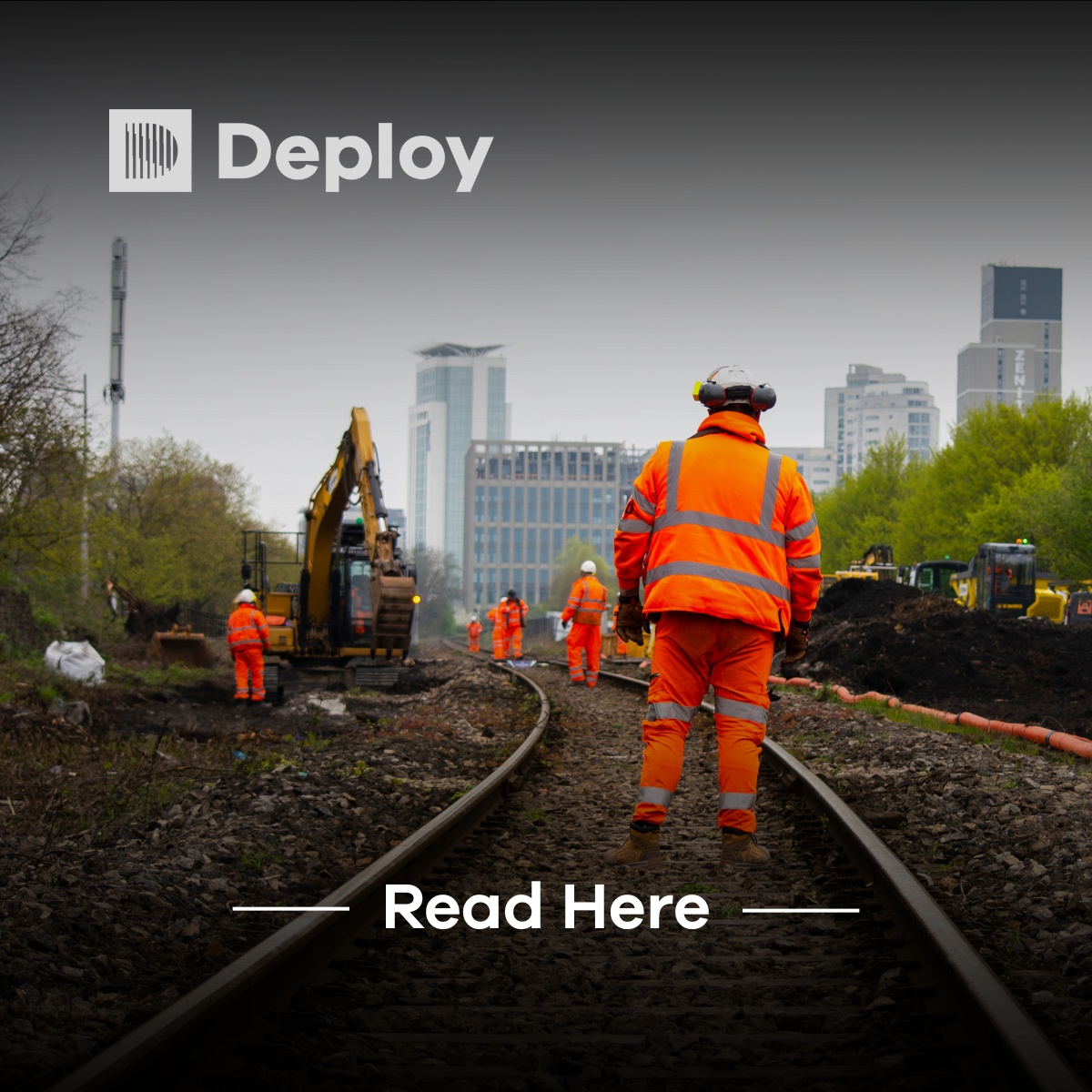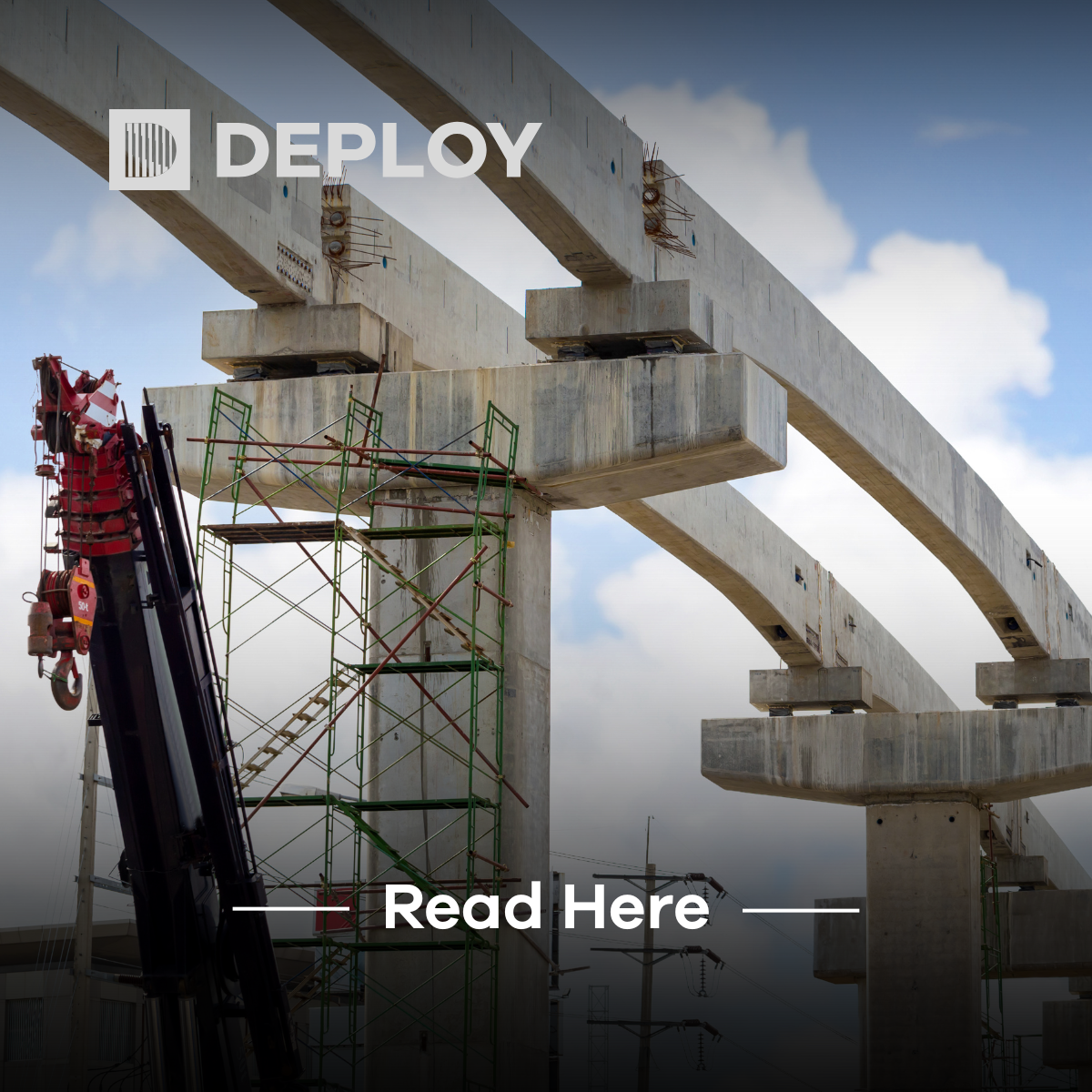The Interdisciplinary Teams Behind Urban Innovation
As the challenges facing cities grow more complex, so too must the teams tasked with solving them. The future of urban living no longer depends on siloed expertise but on the seamless collaboration of disciplines: civil engineering, digital technology, environmental science, and urban planning working in unison to design spaces that are not only smarter but also more sustainable, resilient, and human-centred. At the heart of this evolution are interdisciplinary teams: dynamic groups made up of diverse experts who bring different perspectives yet share a common goal of shaping better cities.
Interdisciplinary teams go beyond traditional structures. Unlike specialist groups that focus on a single area, these teams integrate skill sets across sectors to approach problems holistically. Where an engineer may prioritise function and safety, a planner considers social impact, a data specialist optimises performance, and an environmental scientist safeguards long-term viability. When these viewpoints are brought together from the start of a project, the result is more innovative, future-ready solutions, ones that not only meet technical standards but also respond to the social, environmental, and digital demands of modern urban life.
Urban innovation today is defined by this convergence. Whether it’s the development of green transport systems, energy-efficient housing, or intelligent infrastructure powered by real-time data, successful delivery relies on an ecosystem of collaboration. These are no longer single-discipline projects; they are complex programmes that demand a cross-pollination of knowledge and seamless coordination between the public and private sectors. As such, the demand for integrated, cross-sector talent strategies is growing rapidly.
Deploy understands that building these high-performing interdisciplinary teams requires more than just identifying technical skills. It’s about curating individuals who not only bring depth in their respective fields but can also communicate across boundaries, adapt quickly, and contribute to a shared vision. We partner with infrastructure, energy, and urban development organisations to build teams where engineers, planners, analysts, and sustainability experts don’t just coexist; they co-create. Through a deep understanding of project demands and cultural fit, we help our clients unlock the full potential of collaborative innovation.
Consider the transformation of the UK’s urban mobility landscape, where smart transport corridors are being developed to reduce congestion and emissions. These projects don’t succeed on engineering alone; they require digital specialists to implement traffic management systems, environmental consultants to assess impact, and urban designers to ensure accessibility and public trust. A recent report by the Centre for Cities found that collaborative planning between diverse disciplines can reduce project delays by 30% and improve long-term outcomes significantly.
What these findings show is clear: integrated teams are not a luxury; they are a necessity. And as projects become more interconnected, the ability to source, align, and deploy interdisciplinary talent will be a major competitive advantage. At Deploy, we’re proud to lead in this space. Whether you're launching a large-scale urban regeneration project, implementing sustainable energy systems, or designing the infrastructure for tomorrow’s smart cities, we provide the people who can bridge the gaps between sectors and drive collective progress.
Urban innovation isn’t just about the end product; it’s about the process and the people behind it. As cities evolve, so must the teams shaping them. Deploy is here to ensure you have the interdisciplinary talent that not only meets today’s demands but is ready to imagine and build the cities of tomorrow.






